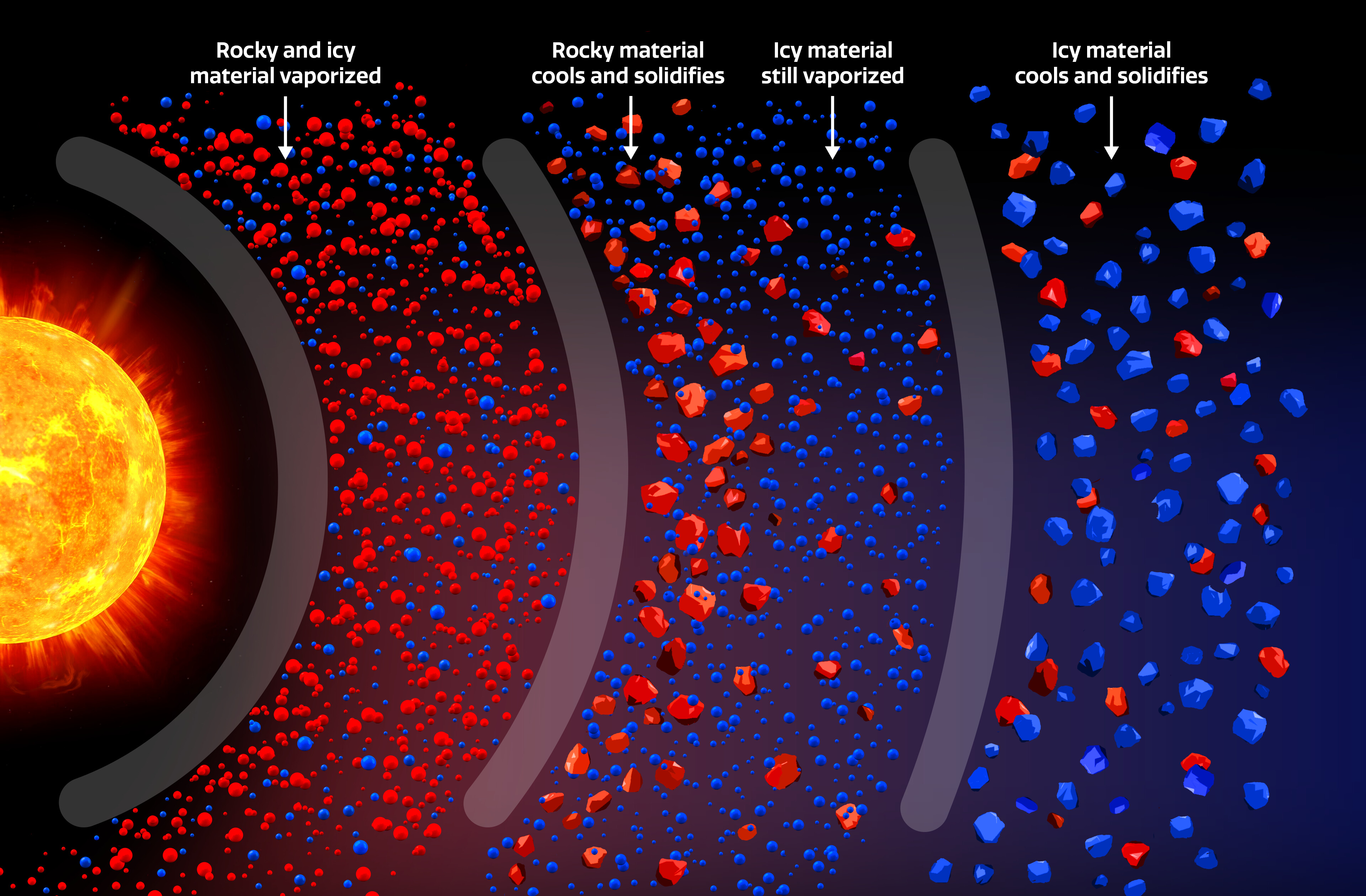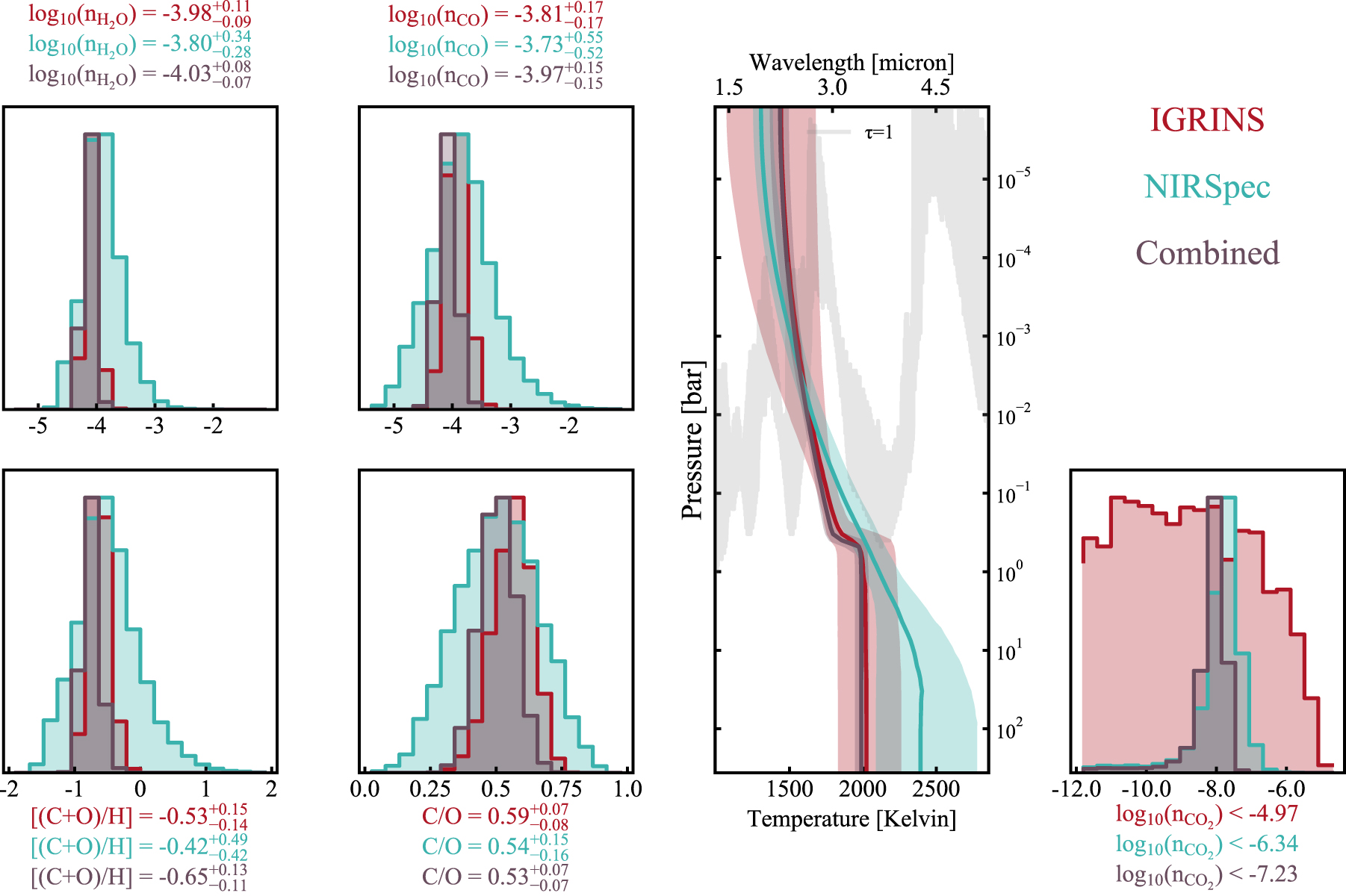Check out my "Resources" page for a list of great webpages for early career astronomers. I also have a beginning Python tutorial on my github page and occasionally post Python tutorials on my blog, with more on the way!
Peter Smith
Astrophysics PhD Candidate

I'm an Astrophysics PhD candidate in Arizona State University's School of Earth and Space Exploration. I primarily study the atmospheres of transiting giant exoplanets via spectroscopy. My goals are to understand planetary climates and atmospheric compositions and tie these back to the physics of energy transport and planet formation. A major theme of my research is understanding the complementary strengths and weaknesses of ground-based high-resolution and space-based low-resolution spectroscopy for measuring these quantities, as well as the power of combining the two in joint analyses. I am also passionate about astronomy education and outreach and am a member of the SESE Astronomy Education Research Group.
I grew up in Texas and earned my BS in astrophysics from the University of Texas in 2020. In my spare time, I love to bake, read, or be outdoors.

Refractory-to-volatile ratios of ultra-hot Jupiters
Image Credit: NOIRLab/NSF/AURA/P. Marenfeld
The composition of a gas giant's primary atmosphere retains information about the environment in which the planet formed. Measuring elemental ratios can help us place the planet's initial formation location in the protoplanetary disk. The carbon-to-oxygen (C/O) ratio has been a popular metric to do this, although a given C/O ratio can be degenerate with multiple formation locations. Combining this with the refractory-to-volatile ratio can break these degeneracies. For the first time using a single instrument, I measured the C/O and refractory-to-volatile ratios of a transiting exoplanet - WASP-121 b - with IGRINS/Gemini South. My findings indicated possible formation interior to the water ice line, which is not commonly predicted by conventional planet formation models.

Combining ground- and space-based spectroscopy of exoplanets
Ground-based high-resolution and space-based low-resolution spectroscopy each afford different strengths and weaknesses for studying exoplanet atmospheres. Fortunately, these stengths are complementary, and combining the two data types in a joint analysis can provide more precise inferences of a planets atmospheric structure than achievable by either method individually. To highlight these capabilities, I performed the first combined retrieval analsyis of JWST and ground-based data for hot Jupiter WASP-77A b.